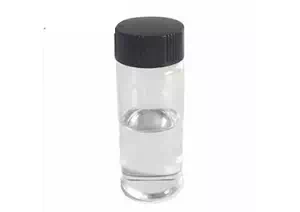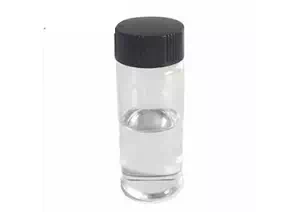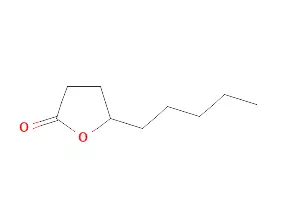All Categories



Gamma-Nonanolactone CAS 104-61-0, CAS 104-61-0, γ-Nonanolactone; Aldehyde C18, γ-Nonanoic lactone
Chemical Name:Gamma-NonanolactoneOther Name:γ-Nonanolactone;Aldehyde C18;γ-Nonanoic lactoneCAS:104-61-0EINECS:203-219-1Type:Food additives;Pharmaceutical raw materials; Organic raw materials;Flavors and fragrances; Plant extractsMolecular Formula:C9H16O2
CAS : 104-61-0
Formula : C9H16O2
Mol. wt. : 156.22
EINECS : 203-219-1
Chemical Name | Gamma-Nonanolactone |
Other Name | γ-Nonanolactone; Aldehyde C18; γ-Nonanoic lactone |
CAS | 104-61-0 |
EINECS | 203-219-1 |
Type | Food additives; Pharmaceutical raw materials; Organic raw materials; Flavors and fragrances; Plant extracts |
Molecular Formula | C9H16O2 |
Molecular Weight | 156.22 |

Non-lactones, often referred to as octadecane and coconut aldehyde by people. In the field of chemistry, it has a definite chemical name - γ -nonlactone. From the appearance, it is an oily liquid that appears light yellow or colorless. When we carry out the concentration treatment on it, we can clearly smell the rich coconut aroma. And when it is diluted, it will give off the unique aroma of almonds or peaches. This special aroma characteristic makes it widely used in the field of spices, especially in those spices that require an oily smell and many flavoring spices, such as the common coconut-flavored and almond-flavored spices, all of which cannot do without its participation. It is also one of the main lactone flavorings used in the food industry and the high-end cosmetics industry.
Both at home and abroad, the production of γ -nonlactone mainly uses heptaaldehyde obtained from the cracking of castor oil as the raw material, and then completes the production through a series of processing procedures. However, this method has obvious drawbacks. The raw materials it uses are expensive and the entire production process is rather complex, which directly leads to the persistently high production cost. However, with the continuous development and progress of the petrochemical industry, a new route for synthesizing alkyl γ -lactone from olefins has gradually emerged and demonstrated increasingly significant advantages. In this way, not only can production costs be effectively reduced, but also domestic products can be used to replace the spices that originally needed to be imported. This is of great significance to the development of related industries. Saturated lactone compounds are a class of very important compounds in the field of edible flavors. They naturally exist in a wide variety of fruits. With their unique aroma and flavor, they have now been widely used in the formulas of edible spices for various beverages and baked goods, adding rich texture and alluring aroma to these foods.
γ -lactone, as a type of lactone compound obtained through esterification reaction of γ -hydroxycarboxylic acid molecules, has pleasant properties. It has a rich milk aroma and a fresh fruity scent, and this fragrance is very long-lasting, mellow and long-lasting. Among γ -lactone compounds, γ -nonlactone is a typical representative. It gives off a unique coconut aroma and also has a faint smell of oil. For this reason, γ -nonolactone is often used in spice and seasoning products that require an oily flavor, such as the well-known coconut and almond flavors, which may all use γ -nonolactone to enhance their unique flavor and aroma, thereby meeting consumers' demands for different flavors and improving the appeal and quality of the products.

Gamma-nonalactone, as an important food additive, is widely used in the preparation of edible flavors and feed flavors. It not only adds a unique flavor to food, but also plays an important role in the feed industry, enhancing the appetite of animals.
* Prompt reply and 24 hours online, professional team to provide best price and high quality product.
* Sample testing support.
* Every batch of products will be tested to ensureits quality.
*The packing also can be according the customers` requirment.
*Any inquiries will be replied within 24 hours.
*we provide Commerical Invoice, Packing List, Bill of loading, COA , Health certificate and Origin certificate. If your markets have any special requirements, let us know.